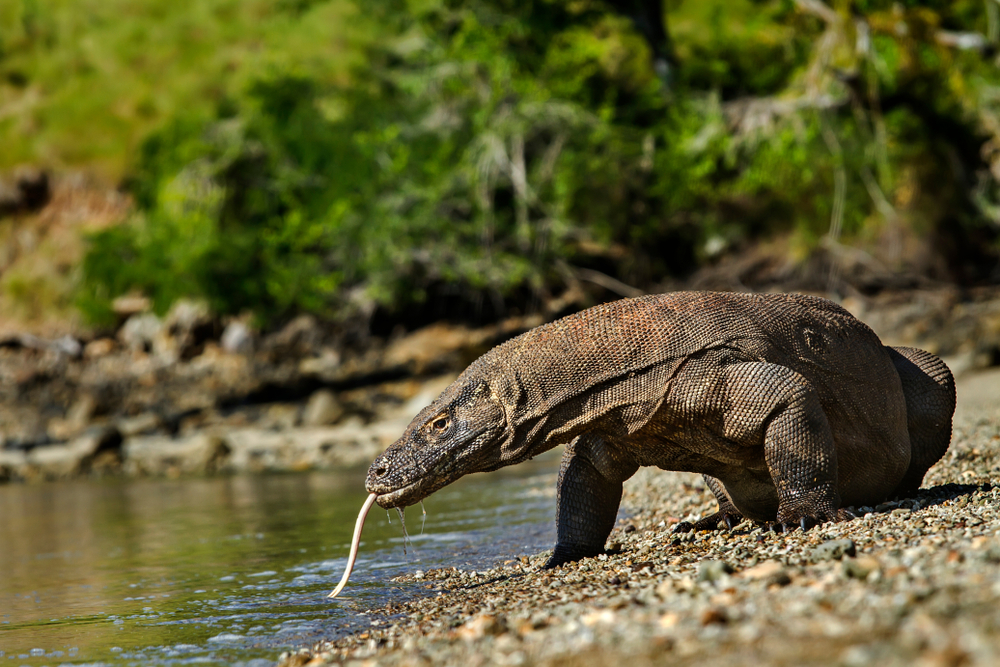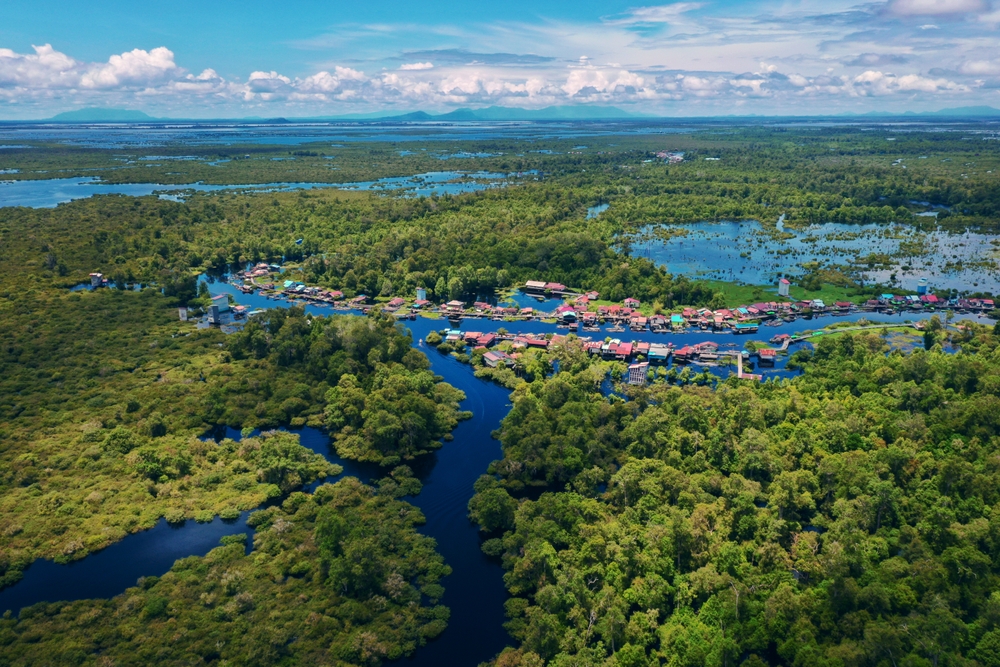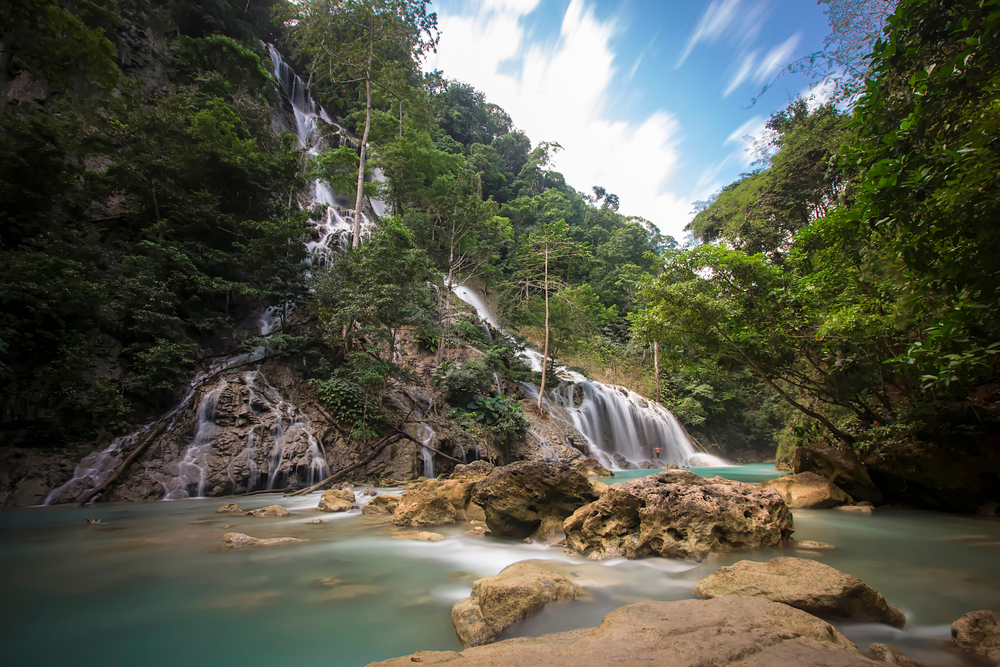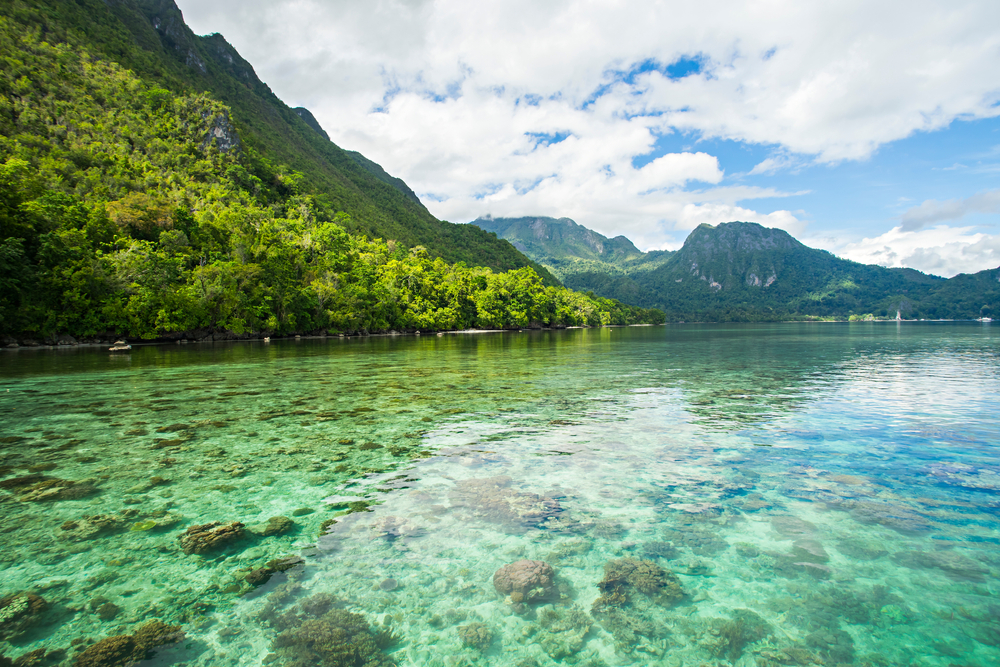Laiwangi Wanggameti Overview
Laiwangi Wanggameti National Park, locally known as Taman Nasional Laiwangi Wanggameti, is a lush natural sanctuary located on the island of Sumba in East Nusa Tenggara, Indonesia. Spanning approximately 181 square miles (469 square kilometers), it is the largest national park on the island, boasting a remarkable diversity of flora, fauna, and landscapes.
This protected area is home to a unique ecosystem, showcasing Sumba’s distinctive terrain, which ranges from dense tropical rainforests to rolling hills and limestone plateaus. The park’s undulating topography is punctuated by striking features such as the Wanggameti Mountain, which stands as the park’s highest point and a symbol of its grandeur. Numerous rivers and waterfalls, including the Matayangu Waterfall, add to the park’s natural beauty, offering serene and breathtaking vistas.
The vegetation within Laiwangi Wanggameti National Park is incredibly diverse, representing both lowland and montane forests. It is renowned for hosting several plant species endemic to Sumba and the Lesser Sunda Islands.
Towering trees such as teak and banyan dominate the forests, while orchids and other tropical flowers add vibrant colors to the dense greenery. This rich biodiversity makes the park an essential conservation site for both regional and global ecological balance.
The wildlife within the park is equally remarkable. Laiwangi Wanggameti serves as a refuge for some of Sumba’s endemic and endangered species. Visitors might spot the Sumba hornbill, an iconic bird with a striking casque, or the Sumba buttonquail, a rare species found nowhere else in the world.
The park also shelters various mammals such as the rusa deer and wild boar, alongside reptiles and amphibians adapted to its tropical environment. For birdwatchers and wildlife enthusiasts, the park offers an unparalleled opportunity to observe species in their natural habitat.
One of the park’s most popular attractions is the Matayangu Waterfall, also known as the “Blue Waterfall,” named for its mesmerizing azure hue. Visitors are drawn to its cascading waters and tranquil surroundings, ideal for photography, picnics, or simply soaking in nature’s splendor. The park also features numerous trekking trails that wind through forests and hills, allowing hikers to immerse themselves in its rich biodiversity. Local communities often play a role in enhancing the visitor experience, offering guided tours that share insights into the region’s cultural and natural heritage.
The conservation of Laiwangi Wanggameti National Park faces challenges such as deforestation and habitat loss due to agricultural expansion and illegal logging. However, ongoing efforts by the Indonesian government and conservation organizations have yielded successes in protecting key habitats and species. Collaboration with local communities has also been instrumental in fostering sustainable practices and raising awareness about the park’s ecological importance.















































































